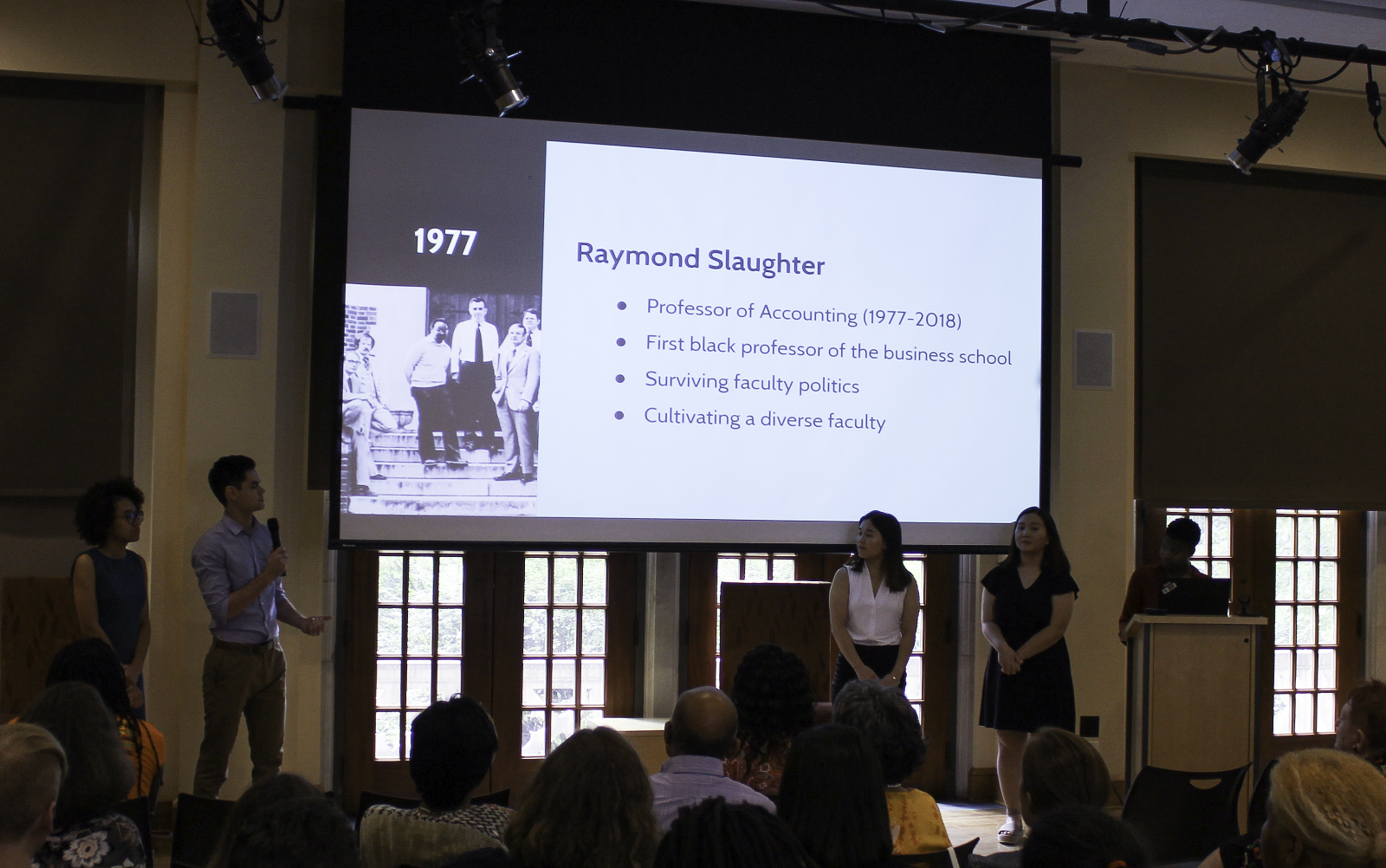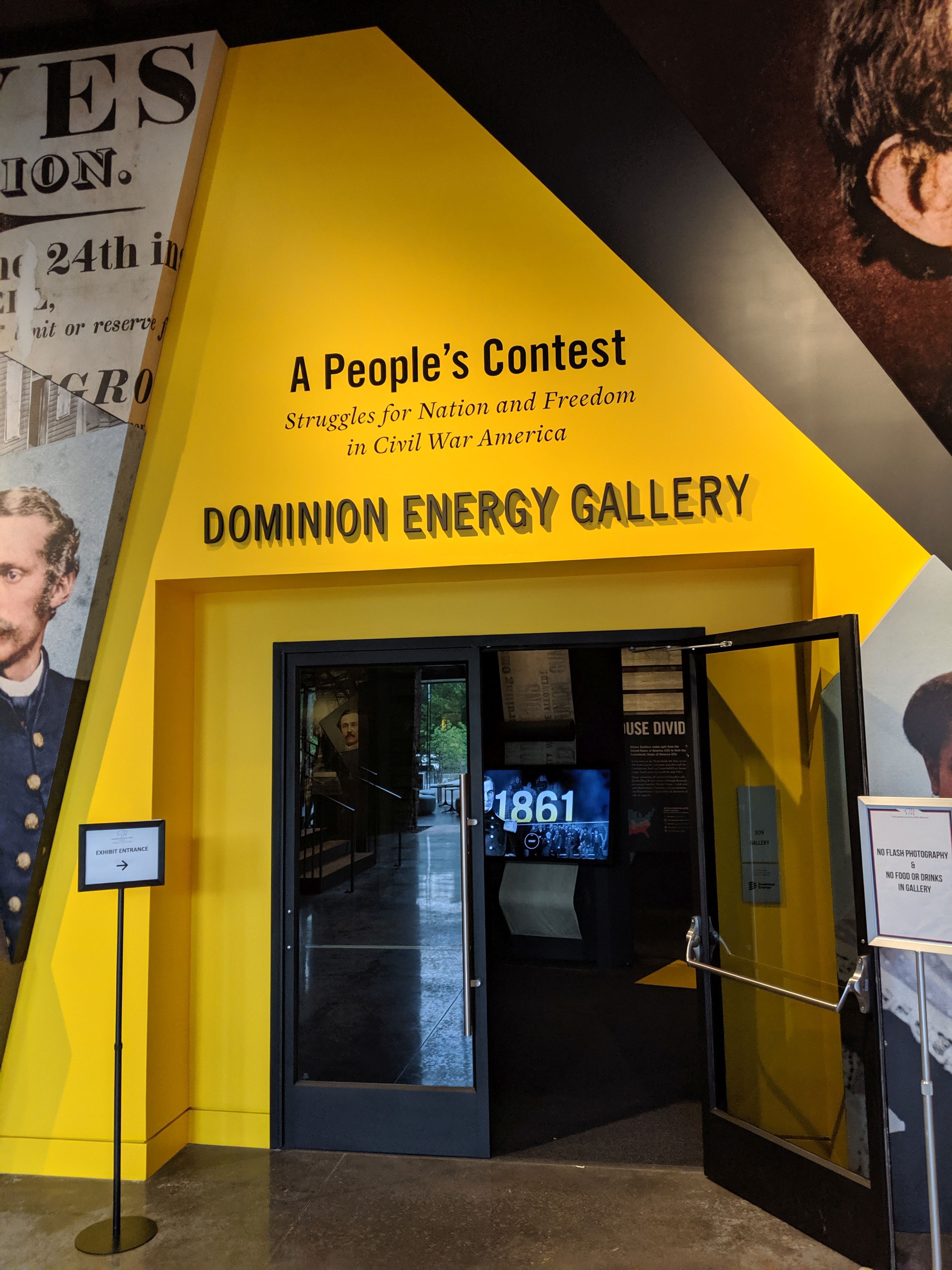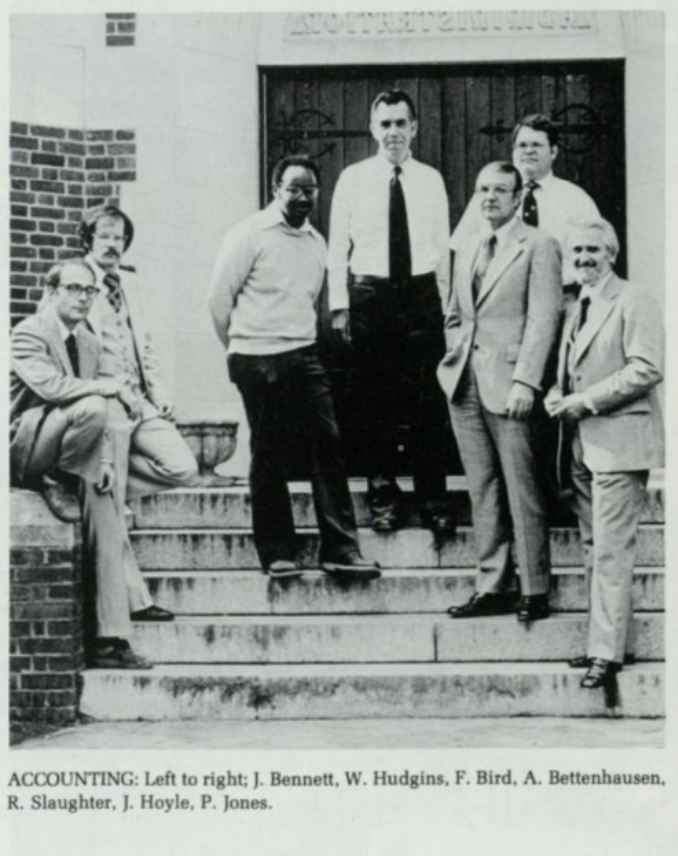by Cole Richard
Cole Richard is a junior from Orlando, Florida double majoring in English and Italian Studies and minoring in Linguistics. This is his first summer working on the Race & Racism project. He is also a resident assistant, DJ at the campus radio station, and student worker at the music library.
 In reflecting on the entirety of the oral history process — from interviewing to creating a podcast — I’ve gained a better understanding of how to interview in order to get quality material. Interview material moves through a multitude of contexts. There’s a pretty big difference between the interview itself and the final product, the podcast. Although my podcast was created from the audio collected in an oral history, its shorter length and more polished production result in it having a larger audience. Because of this, material that may have been sufficient for the purposes of the interview and oral history wound up being not as well suited for the podcast.
In reflecting on the entirety of the oral history process — from interviewing to creating a podcast — I’ve gained a better understanding of how to interview in order to get quality material. Interview material moves through a multitude of contexts. There’s a pretty big difference between the interview itself and the final product, the podcast. Although my podcast was created from the audio collected in an oral history, its shorter length and more polished production result in it having a larger audience. Because of this, material that may have been sufficient for the purposes of the interview and oral history wound up being not as well suited for the podcast.




